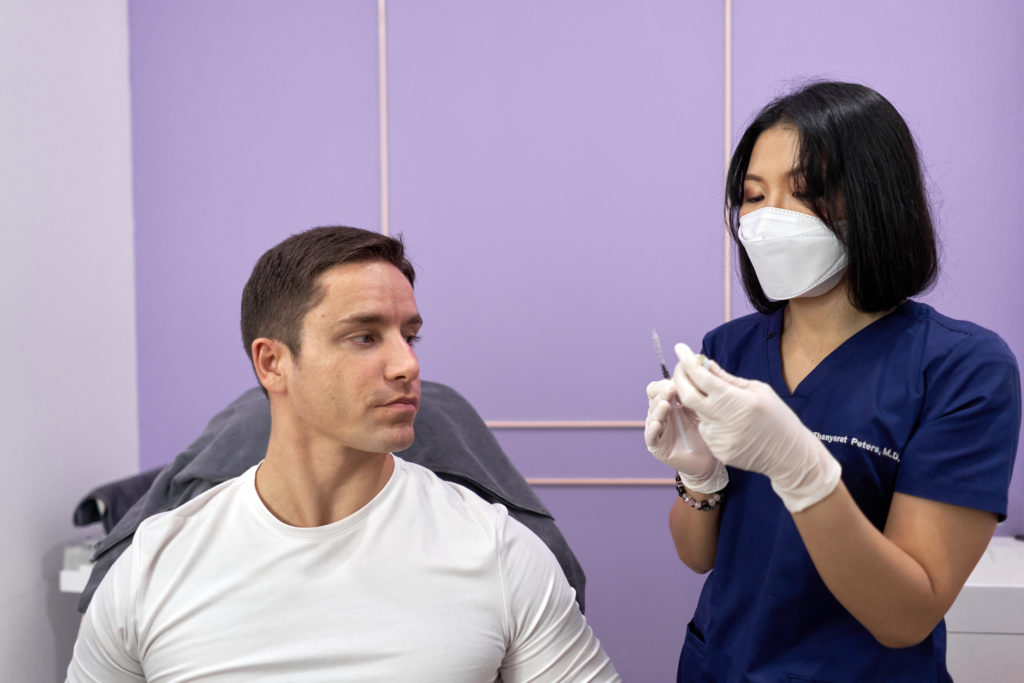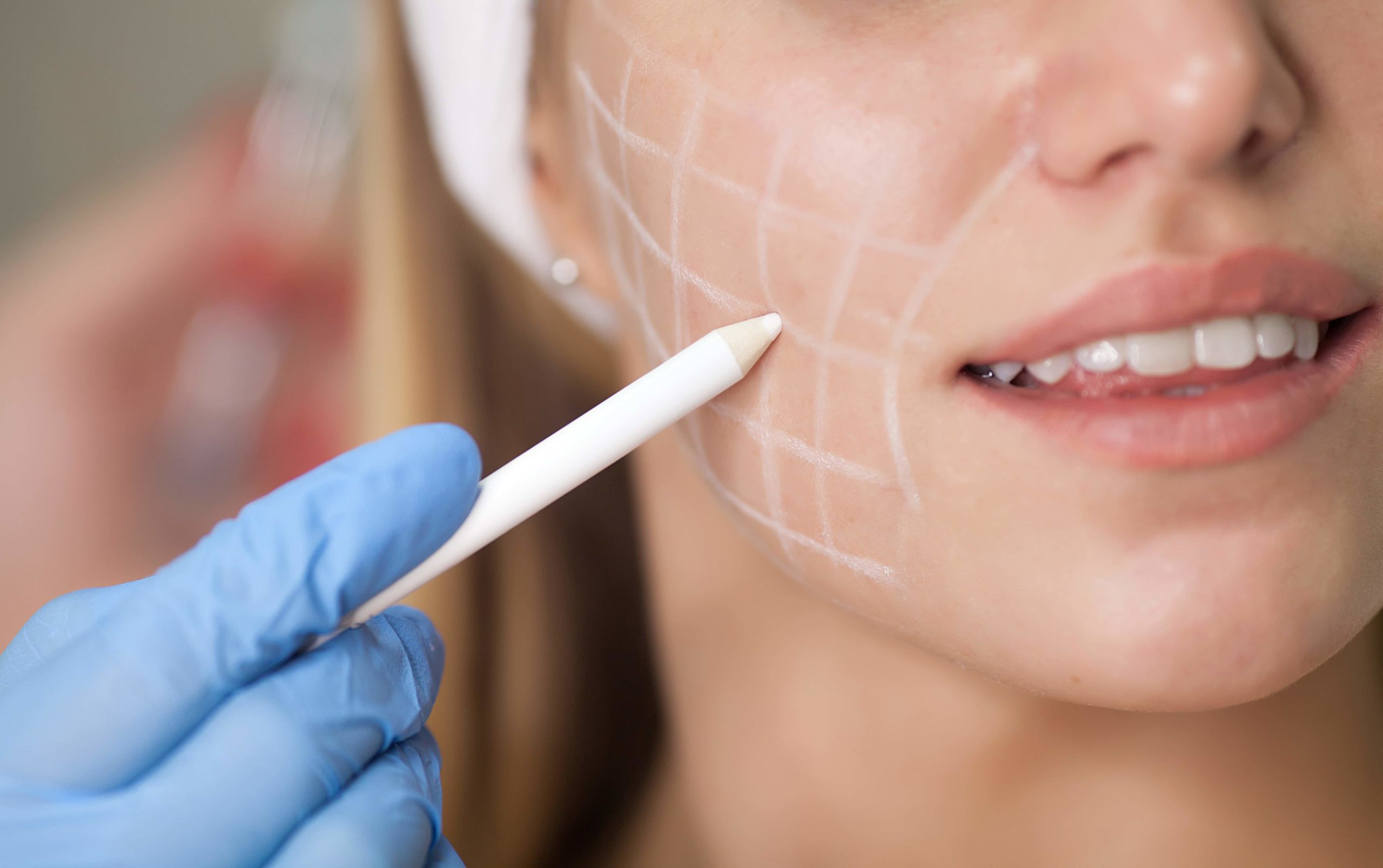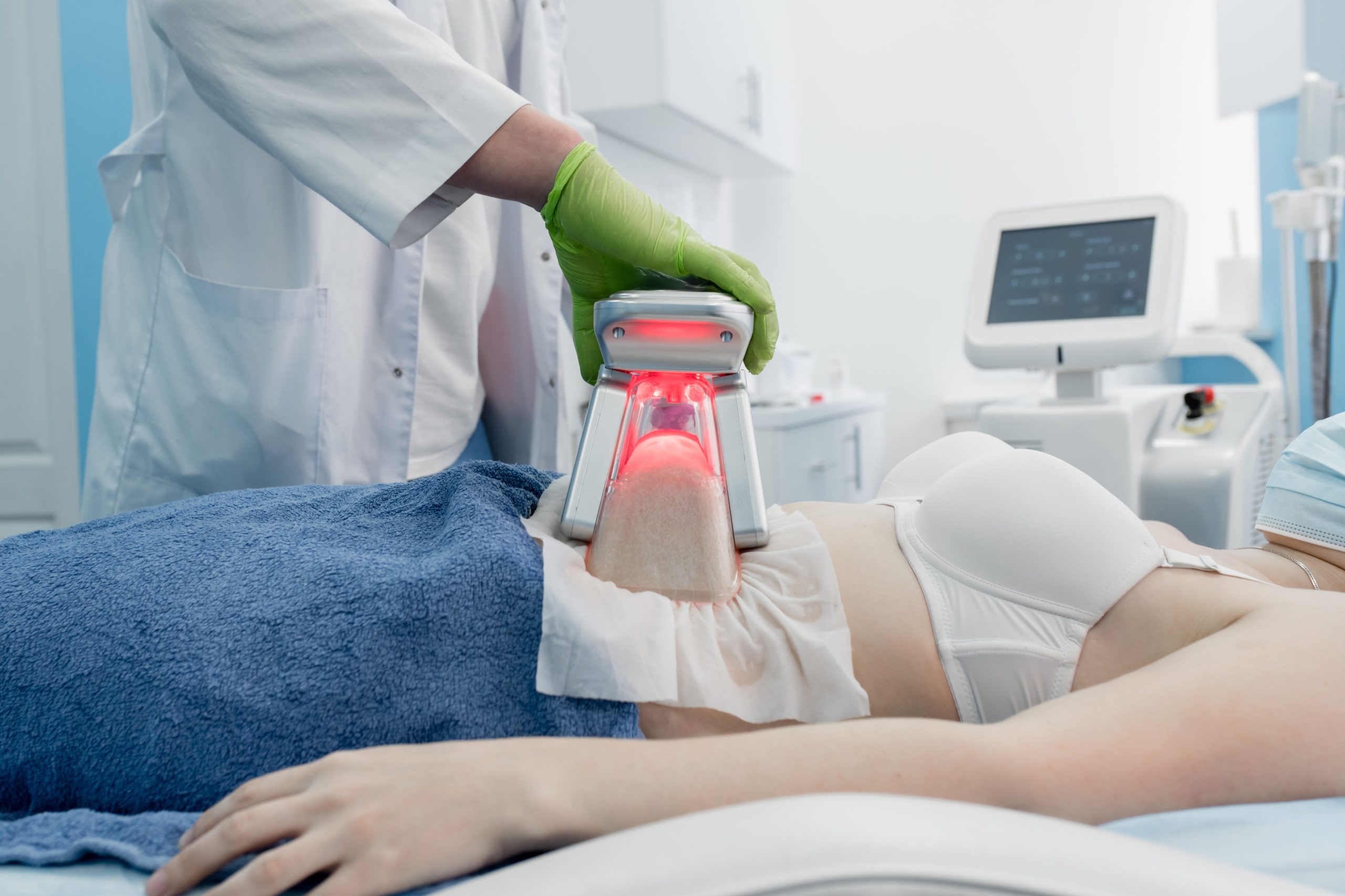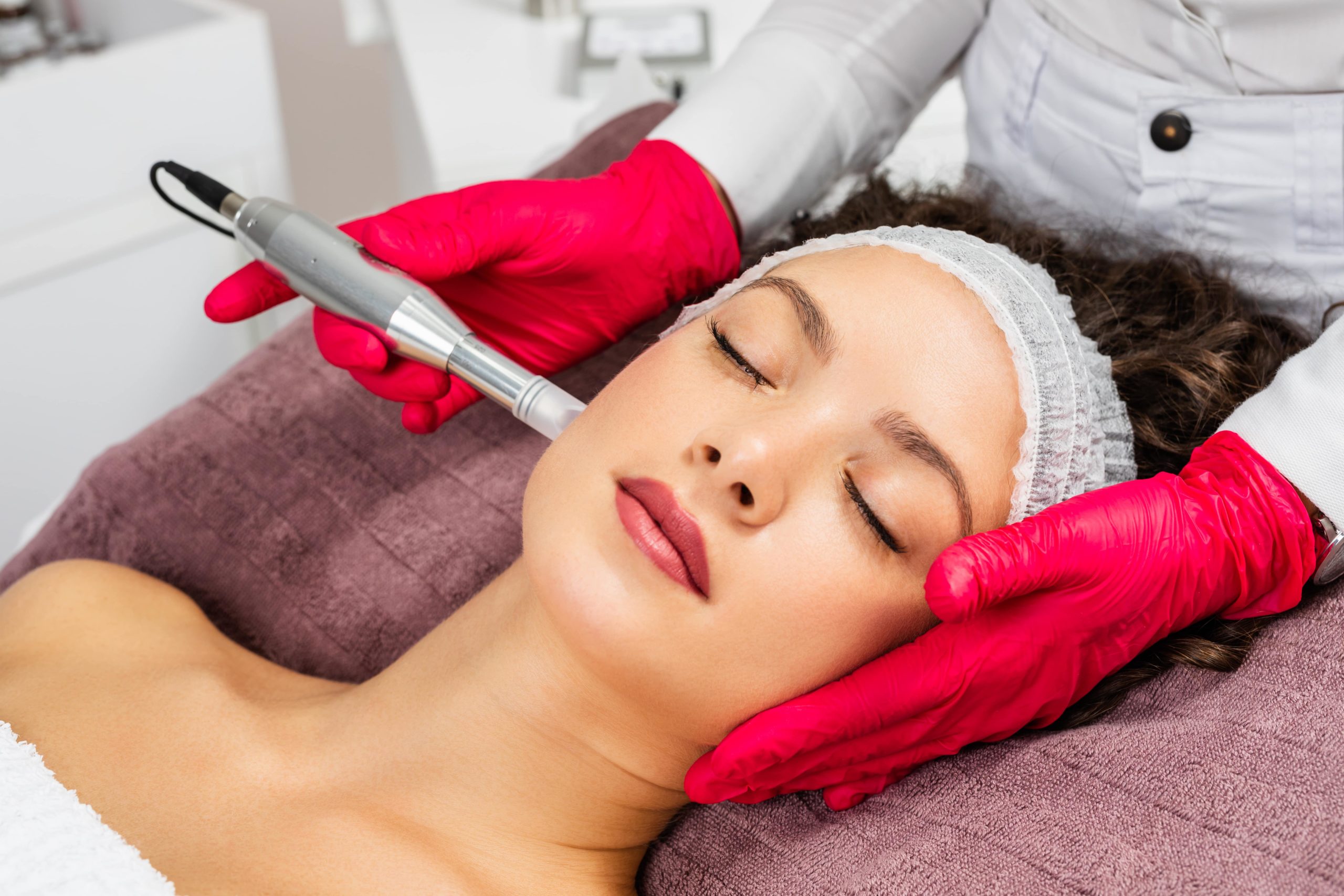Wrinkles will happen even to the best of us, and despite a proper healthy lifestyle and diet, you will inevitably experience wrinkles yourself. Many aspects can cause wrinkles, including sun exposure, stress, pollution, or simply aging. While they may be inevitable, not many are keen about having one anytime soon, and that’s why many turn to Botox.
Dermatologists and estheticians alike recommend Botox the first thing when asked about how to deal with facial wrinkles. They’ve suggested it more than enough that Botox has become a household name among all injectables. If you are looking for cosmetic treatments, you’ve most likely encountered Botox, and its reputation precedes it, known for its inexpensiveness, reliability, and ease of use.
What is Botox, and what makes it so unique that they are always the number one recommendation when discussing solving wrinkle problems? Here is what you should know about Botox, its cosmetic use, medical uses, procedures, and side effects.
What Is Botox?
Botox is a cosmetic treatment that uses a formula mainly derived from the protein botulinum toxin produced by Clostridium botulinum bacteria. If you are unfamiliar with botulinum toxin, this is the same toxin that can cause botulism, a paralysis that can be fatal if not addressed quickly. While they are indeed dangerous in large amounts, they are safe when used in small doses.
Botox is the first FDA-approved medical drug that uses botulinum toxin, but recently, there are now other products that use botulinum toxins, such as Dysport and Xeomin. While they have the same botulinum toxin base formula, each is still slightly different from the other—particularly in various doses—so their applications aren’t interchangeable.
How Does Botox Work?
Botulinum toxin is the base formula of Botox, and it is one of the neurotoxins that exists that causes paralysis. This toxin is part of the category of neurotoxins since it can affect the body’s brain and nervous system. It affects your brain and nervous system function by disrupting the communication from the brain to the muscles, ceasing bodily functions since the muscles can no longer receive instructions from the brain.
Your nervous system is the body’s wiring network, connecting the brain “CPU” to other bodily systems—aka your organs, muscles, etc. If you’ve thought of moving your arm, your brain sends a signal that travels through the nervous system and reaches the muscles that will then contract to move the arm. A message is sent through a chemical called acetylcholine, and then it attaches to the nerves of the body part, which then receive the command and do it.
However, acetylcholine cannot attach to the muscle nerves when applying botulinum toxin. When the instructions don’t reach the muscles, the muscles do nothing.
Cosmetic Uses
When the muscles don’t receive instructions, they are paralyzed and cannot move, so what does it have to do with solving wrinkles? Here is why Botox is used to address wrinkles.
Your facial muscles always move, thanks to you making facial expressions. Facial muscles are not naturally prone to wrinkles, but they wear themselves out due to a lifetime of usage. So when you move those facial muscles, dynamic wrinkles appear.
You cannot consciously make a poker face just to avoid dynamic wrinkles. Sure, a few hours, but not the whole day, and you don’t like appealing if you don’t make facial expressions. We have to paralyze these muscle groups to stop dynamic wrinkles from occurring.
It doesn’t mean that you will have a stiff face either. A skilled provider can balance aesthetics and efficacy, reducing wrinkles while not making you look unnatural. So pick the right provider!
Medical Uses
Botox is well-known for its cosmetic applications, but did you know it was actually meant for medical applications? Here are some health conditions that Botox can help alleviate:
- Lazy Eye: The primary cause of lazy eye is an imbalance of muscle movement responsible for the eye’s appropriate position. The eye can look around as the user intends by limiting imbalanced muscle movements.
- Muscle Contractures: Certain neurological conditions, like cerebral palsy, may cause your limbs to contract uncontrollably towards the body’s center mass. Botox can help regulate muscle movement and relax them in cases like these.
- Chronic Migraine: Certain migraines may be caused by muscle contractions, squeezing the head. If you have migraines for more than 15 days in a month, Botox may be the solution for your needs.
- Eye Twitching: Botox can help relieve constant eye twitches or contracture around the eye.
- Hyperhidrosis: If you have this condition, you constantly sweat even though you are not engaging in physical activity, nor is it hot, and you are not stressed out. Botox may help lessen the sweating but still allow you to sweat if you exert yourself.
What To Expect During The Procedure
Botox is a non-invasive injectable cosmetic treatment, taking only 30 minutes to an hour of your life, depending on how many wrinkles need to be addressed. All it takes are a few injections, no need for a scalpel or any other surgical tool that will slice the skin.
If you are uncomfortable with needles, you can ask your provider to numb your skin with numbing creams beforehand. Your provider will apply small amounts of Botox into your facial muscles where wrinkles persist. But before they use it, your provider has already planned what’s the perfect amount of injections and dosage, balancing efficacy and aesthetics.
Right after the procedure, you can return to your daily routine.
Side Effects
Botox injections are very safe in the hands of an experienced provider. So most of the side effects of the procedure stem from the injection and not Botox. These side effects include the following:
- Headache or flu-like symptoms
- Bruising, redness, swelling, or pain at the injection site
- Eye dryness
- Crooked Smile
However, if you experience Botox from questionable providers with no transparent backgrounds, Botox injections may go wrong. They may inject Botox into your bloodstream instead of into the muscles. Call a doctor if you experience any of these side effects:
- Breathing problems
- Trouble speaking or swallowing
- Vision Issues
- Muscle Weakness
Takeaway
Finding the right provider for Botox injections is essential to ensure that you have the best results possible. Contact and reach out to our clinic, TEN Salon and Spa, if you are interested. We offer med spa and salon services that you may need for your cosmetic goals.







